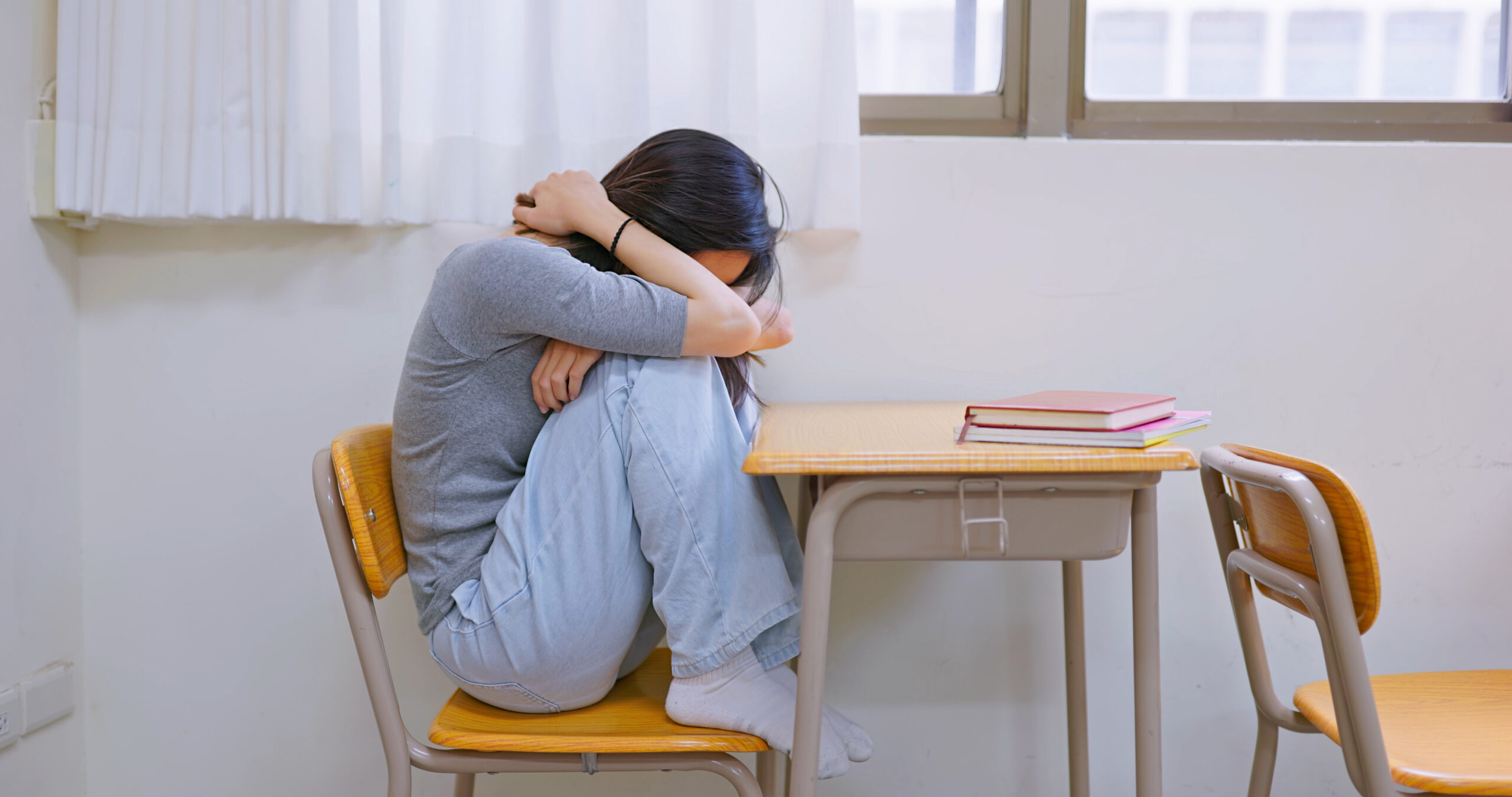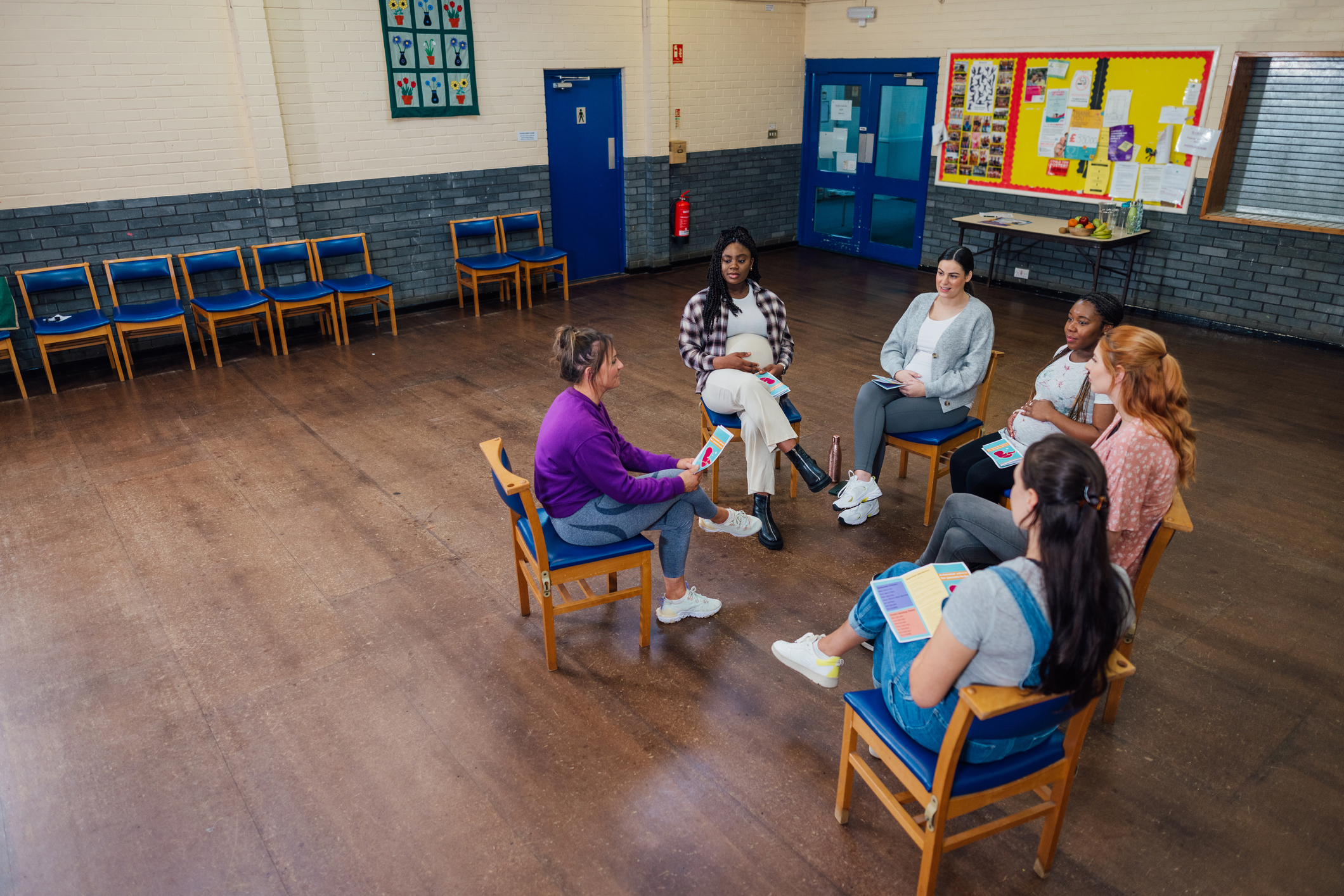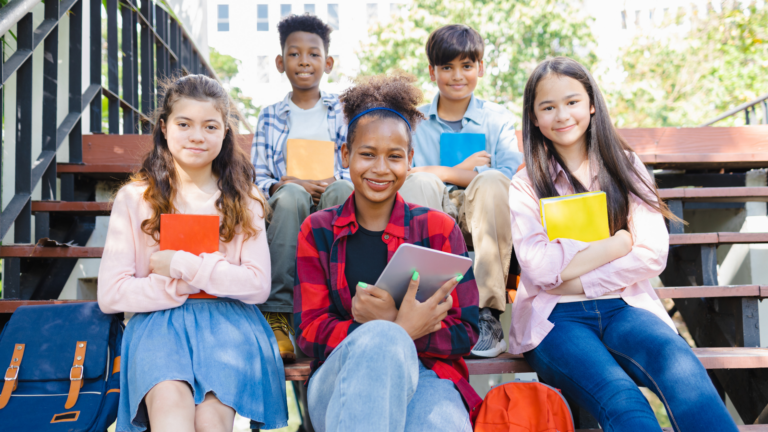In today’s fast-paced and ever-evolving educational landscape, teachers have a powerful tool at their disposal to create a thriving learning environment: positive reinforcement. The concept of positive reinforcement, rooted in the principles of behavioural psychology, offers a unique approach to fostering success in the classroom. By understanding the science behind positive reinforcement and implementing effective strategies, teachers can cultivate a culture of success that not only enhances academic performance but also promotes positive social and emotional development.
This blog post will delve into the concept of positive reinforcement and explore its benefits in the classroom. We will examine the science behind positive reinforcement, discussing how behavioural psychology principles support its effectiveness. Additionally, we will delve into the various benefits that positive reinforcement offers, such as increased motivation, improved self-esteem, and enhanced student engagement.
Furthermore, this blog post will provide practical guidance on implementing positive reinforcement in the classroom. We will discuss methods for identifying positive behaviours to reinforce and choosing effective reinforcement strategies. Additionally, we will explore strategies for maintaining a consistent classroom culture of positive reinforcement, including balancing positive and negative reinforcement and involving parents and guardians in the process.
While positive reinforcement can be a powerful tool, it is not without its challenges. This blog post will address potential pitfalls in using positive reinforcement and offer solutions for overcoming them. We will also discuss the importance of adapting positive reinforcement techniques to meet the diverse needs of students, ensuring that every learner has the opportunity to thrive in the classroom.
By harnessing the power of positive reinforcement, teachers can create a classroom environment that nurtures students’ growth, fosters their love for learning, and sets them on the path to long-term success. So, let’s explore the science and strategies behind positive reinforcement and unlock the potential of this transformative approach in the classroom.
Understanding the Concept: Positive Reinforcement in the Classroom
Positive reinforcement is a fundamental concept in behavioural psychology that involves rewarding desired behaviours to increase the likelihood of their recurrence. In the context of the classroom, positive reinforcement refers to the practice of acknowledging and rewarding students for their positive behaviours, efforts, and achievements.
The underlying principle of positive reinforcement is simple yet powerful: when students experience positive consequences for their actions, they are more likely to repeat those behaviours in the future. By focusing on reinforcing positive behaviours rather than solely punishing negative behaviours, teachers can create an environment that encourages students to excel and thrive.
Positive reinforcement works by associating a desirable reward with specific behaviours. This reward can come in various forms, such as verbal praise, tangible rewards, privileges, or even additional responsibilities. The key is to identify and acknowledge behaviours that align with the desired outcomes and provide appropriate reinforcement to encourage their continuation.
By understanding the concept of positive reinforcement, teachers can harness its power to shape student behaviour and foster a culture of success in the classroom. This involves recognizing the value of positive reinforcement in promoting motivation, engagement, and self-esteem among students.
Throughout this blog post, we will explore the science and strategies behind positive reinforcement, providing practical guidance on implementing this approach effectively. By delving into the benefits of positive reinforcement and examining real-life case examples, we will demonstrate the transformative impact it can have on both academic achievement and overall student well-being. So, let’s dive deeper into the science of positive reinforcement and discover how it can create a positive and successful classroom environment.
The Science Behind Positive Reinforcement
Positive reinforcement is not just a concept based on intuition or anecdotal evidence; it is firmly grounded in the principles of behavioural psychology. Understanding the science behind positive reinforcement can provide valuable insights into why it is such a powerful tool for fostering success in the classroom.
Behavioural Psychology and Positive Reinforcement
Behavioural psychology, also known as behaviourism, is a branch of psychology that focuses on observable behaviours and their relationship with the environment. According to behaviourism, human behaviour is shaped by the consequences that follow it. Positive reinforcement is one of the core principles of behaviourism, emphasizing the role of rewards in increasing the likelihood of desired behaviours.
Psychologists such as B.F. Skinner played a crucial role in developing the theory and practice of positive reinforcement. Skinner conducted numerous experiments that demonstrated how animals, including humans, could be trained to exhibit specific behaviours through a system of rewards and reinforcements.
Benefits of Positive Reinforcement
Positive reinforcement offers a range of benefits that contribute to a positive and successful classroom environment. By understanding these benefits, teachers can fully appreciate the impact that positive reinforcement can have on student learning and development:
- Motivation: Positive reinforcement provides students with a sense of motivation and purpose. When students are rewarded for their efforts and achievements, they are more likely to feel motivated to continue working hard and striving for success.
- Increased Engagement: Positive reinforcement helps to create an engaging learning environment. When students receive recognition and rewards for their positive behaviours, they become more actively involved in the learning process and are more likely to participate and contribute.
- Improved Self-Esteem: Positive reinforcement boosts students’ self-esteem and confidence. By acknowledging and rewarding their positive behaviours, students develop a positive self-image and belief in their abilities, which can lead to increased academic performance and overall well-being.
- Enhanced Learning: When positive reinforcement is consistently applied, it helps students establish connections between their efforts and the desired outcomes. This connection promotes deeper learning and a greater understanding of the material being taught.
Study Case Examples
To further illustrate the effectiveness of positive reinforcement, we will explore real-life case examples where positive reinforcement has been successfully implemented in the classroom. These examples will highlight how specific strategies and techniques have positively influenced student behaviour, academic performance, and overall classroom dynamics.
By understanding the science behind positive reinforcement, recognizing its benefits, and learning from practical examples, teachers can begin to harness its power and create a culture of success in their classrooms. In the following sections, we will delve deeper into the implementation strategies and techniques that can maximize the impact of positive reinforcement in the classroom.
How to Implement Positive Reinforcement in the Classroom
Implementing positive reinforcement effectively requires careful planning and thoughtful execution. In this section, we will explore practical strategies and techniques that teachers can use to implement positive reinforcement in their classrooms.
Identifying Positive Behaviors to Reinforce
The first step in implementing positive reinforcement is to identify the specific behaviours that you want to reinforce. These behaviours should align with your classroom expectations and contribute to a positive learning environment. Consider the following approaches to identify positive behaviours:
- Define Clear Expectations: Communicate your expectations to students regarding behavior, participation, and academic performance. This will provide a framework for identifying positive behaviours.
- Observe and Monitor: Continuously observe and monitor students’ behaviours in different classroom situations, such as during discussions, group work, and independent work. Look for behaviours that demonstrate effort, respect, collaboration, and academic progress.
- Encourage Student Input: Involve students in the process by asking them to identify positive behaviours they believe should be reinforced. This promotes ownership and engagement in the reinforcement process.
Choosing Effective Reinforcers
Once you have identified the positive behaviours to reinforce, it’s essential to select effective reinforcers that will motivate and encourage students. Consider the following strategies when choosing reinforcers:
- Varied Reinforcers: Different students may respond better to different types of reinforcement. Some students may be motivated by verbal praise, while others may prefer tangible rewards or privileges. Use a variety of reinforcers to cater to individual preferences and needs.
- Age-Appropriate Reinforcers: Consider the age and developmental level of your students when selecting reinforcers. Younger students may respond well to stickers, small treats, or special privileges, while older students may prefer recognition, extra responsibilities, or leadership opportunities.
- Meaningful and Relevant Reinforcers: Select reinforcers that are meaningful and relevant to students. For example, if a student is passionate about art, offering extra art time or showcasing their work can be a powerful reinforcer.
Strategies for Using Positive Reinforcement
Implementing positive reinforcement effectively involves using specific strategies and techniques to maximize its impact. Consider the following strategies:
- Immediate and Specific Feedback: Provide immediate and specific feedback when reinforcing positive behaviours. Be clear about what the student did well and why it is deserving of reinforcement. This helps students understand the connection between their actions and the rewards they receive.
- Consistency: Consistency is key when implementing positive reinforcement. Reinforce positive behaviours consistently and fairly across all students. This helps establish clear expectations and reinforces the notion that positive behaviours will consistently be recognized and rewarded.
- Gradual Fading: As students internalize the desired behaviours, gradually reduce the frequency and intensity of the reinforcement. This promotes intrinsic motivation and encourages students to exhibit positive behaviours independently.
By implementing effective strategies to identify positive behaviours, choosing appropriate reinforcers, and employing specific techniques, teachers can successfully implement positive reinforcement in their classrooms. In the next section, we will explore how to maintain a positive reinforcement culture in the long term.
Maintaining a Classroom Culture with Positive Reinforcement
Maintaining a classroom culture of positive reinforcement is crucial for long-term success. In this section, we will explore strategies and practices that teachers can use to ensure the consistent application of positive reinforcement and create a supportive and encouraging learning environment.
Consistency in Reinforcing Positive Behavior
Consistency is key when it comes to positive reinforcement. To maintain a classroom culture of positive reinforcement, consider the following strategies:
- Clear Expectations: Continuously communicate and reinforce your expectations for positive behaviour. Ensure students understand what behaviours are valued and how they will be rewarded.
- Immediate Recognition: Provide immediate recognition and reinforcement when students exhibit positive behaviours. This strengthens the connection between the behaviour and the reward, increasing the likelihood of its repetition.
- Reinforce Small Steps: Recognise and reinforce small steps towards the desired behaviour. This encourages progress and builds momentum towards larger goals.
- Be Fair and Equitable: Ensure that positive reinforcement is applied fairly and equitably to all students. This helps promote a sense of fairness and avoids favouritism.
Balancing Positive and Negative Reinforcement
While positive reinforcement is a powerful tool, it is important to strike a balance between positive and negative reinforcement. Consider the following strategies for maintaining this balance:
- Addressing Negative Behaviors: When negative behaviours occur, address them promptly and appropriately. Use corrective measures such as verbal warnings, loss of privileges, or time-outs, while still emphasizing the importance of positive behaviors.
- Teach Alternative Behaviors: Instead of solely focusing on negative consequences, teach students alternative behaviours that they can engage in to replace undesirable behaviours. This allows students to learn and grow from their mistakes.
- Emphasise Learning Opportunities: Frame negative consequences as learning opportunities rather than punishment. Encourage students to reflect on their actions, understand the consequences, and make better choices in the future.
Involvement of Parents and Guardians
To maintain a consistent positive reinforcement culture, it is essential to involve parents and guardians. Consider the following strategies for engaging parents in the reinforcement process:
- Communication: Regularly communicate with parents about classroom expectations and the positive reinforcement strategies being used. Keep them informed about their child’s progress and the behaviours being reinforced.
- Home-School Collaboration: Encourage parents to reinforce positive behaviours at home by providing them with information on the strategies and techniques being used in the classroom. This creates a cohesive approach to positive reinforcement.
- Celebrate Achievements: Recognise students’ accomplishments and positive behaviours during parent-teacher conferences, newsletters, or special events. This reinforces the importance of positive reinforcement and encourages continued support from parents.
By maintaining consistency in reinforcing positive behaviours, balancing positive and negative reinforcement, and involving parents and guardians, teachers can foster a classroom culture that thrives on positive reinforcement. In the next section, we will address the challenges that may arise when implementing positive reinforcement and provide solutions to overcome them.
Challenges and Solutions in Using Positive Reinforcement
Implementing positive reinforcement in the classroom can come with its own set of challenges. In this final section, we will explore common challenges that teachers may encounter when using positive reinforcement and provide practical solutions to overcome them.
Potential Pitfalls in Using Positive Reinforcement
- Over-reliance on Rewards: One challenge is the risk of students becoming solely motivated by rewards rather than intrinsic motivation. This can lead to a dependency on external reinforcement and a decrease in self-driven behaviours.
- Inconsistent Implementation: Inconsistency in applying positive reinforcement can undermine its effectiveness. If students receive inconsistent reinforcement or witness others receiving inconsistent reinforcement, it can lead to confusion and a lack of trust in the system.
- Reinforcement Satiation: Over time, students may become desensitised to the same reinforcers. This can diminish the impact of positive reinforcement and reduce its effectiveness.
Overcoming Challenges
- Promoting Intrinsic Motivation: Encourage intrinsic motivation by gradually transitioning from tangible rewards to verbal praise and recognition. Emphasise the joy of learning and the satisfaction that comes from personal growth and accomplishment.
- Consistency and Predictability: Establish clear guidelines and expectations for positive reinforcement and ensure that they are consistently applied. Maintain a predictable reinforcement schedule to build trust and reinforce positive behaviours consistently.
- Varying Reinforcers: Introduce a variety of reinforcers to prevent reinforcement satiation. Rotate through different types of rewards, such as verbal praise, privileges, or special acknowledgements, to keep the reinforcement fresh and engaging.
Adapting to Different Student Needs
- Individualization: Recognise that not all students respond to the same types of reinforcement. Tailor your approach to meet individual student needs and preferences. Some students may be more motivated by verbal praise, while others may respond better to tangible rewards.
- Differentiate Reinforcement Strategies: Adapt reinforcement strategies to address the diverse learning styles and preferences of students. Consider using a combination of visual, auditory, and kinesthetic reinforcement techniques to cater to different learning modalities.
- Special Considerations: Be mindful of students with special needs or exceptionalities. Modify reinforcement strategies as necessary to accommodate their unique learning requirements and ensure that reinforcement is effective for all students.
By being aware of potential pitfalls, implementing appropriate solutions, and adapting to the diverse needs of students, teachers can overcome challenges and successfully use positive reinforcement in the classroom. This will create an environment where students feel supported, motivated, and empowered to achieve their full potential.
In conclusion, positive reinforcement is a powerful tool for fostering a culture of success in the classroom. By understanding the concept, implementing effective strategies, maintaining consistency, and overcoming challenges, teachers can create a supportive and encouraging learning environment that promotes academic achievement, social-emotional development, and lifelong learning. Let us embrace the power of positive reinforcement and unlock the full potential of our students.
Related posts:
 Building Trust and Connection: The Role of Relationships in Trauma-Informed Teaching
Building Trust and Connection: The Role of Relationships in Trauma-Informed Teaching
 Meeting the Needs of Every Student: Implementing Trauma-Informed Practices in the Classroom
Meeting the Needs of Every Student: Implementing Trauma-Informed Practices in the Classroom
 Empowering Students’ Voices: Promoting Agency and Resilience in Trauma-Informed Classrooms
Empowering Students’ Voices: Promoting Agency and Resilience in Trauma-Informed Classrooms
 Understanding Trauma-Informed Education: Building Resilience in the Classroom
Understanding Trauma-Informed Education: Building Resilience in the Classroom



